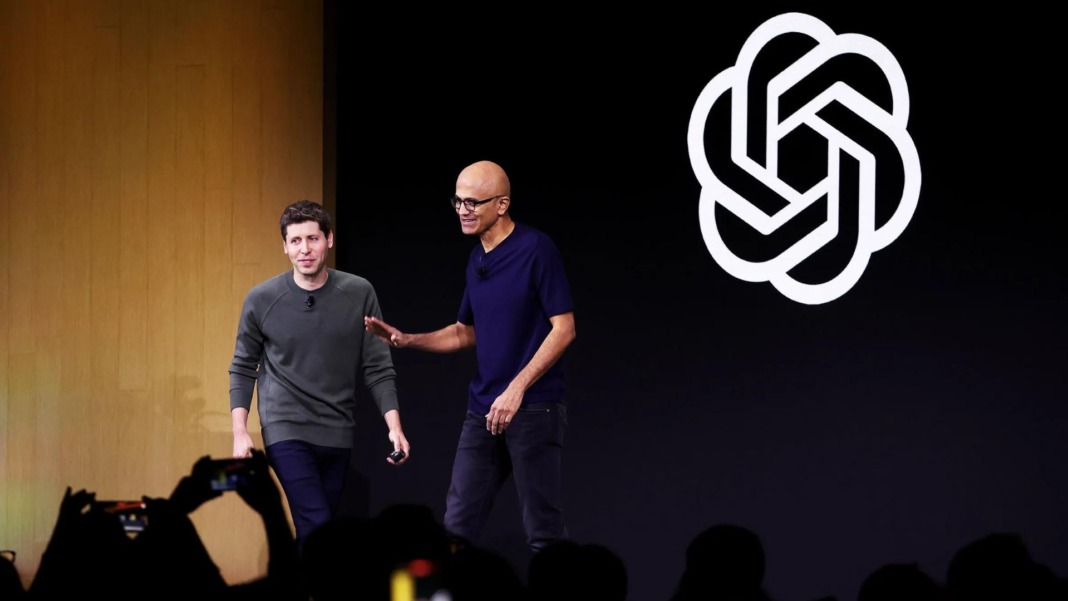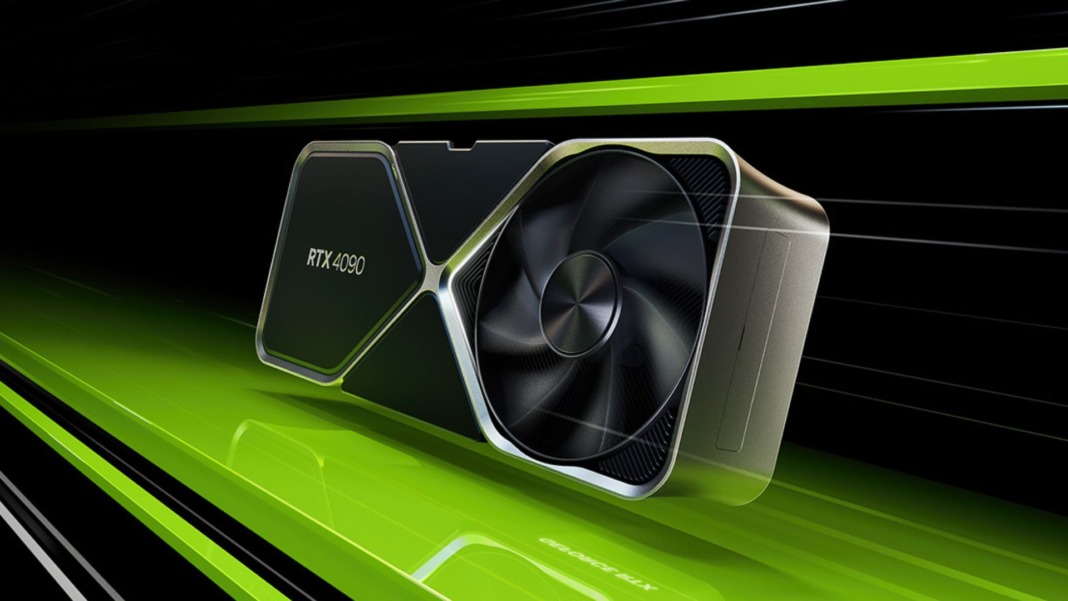The rapid advancements in artificial intelligence (AI) continue to reshape the industry, and OpenAI’s latest release, the OpenAI o1 model, marks a significant step forward. Yang Zhilin, the founder and CEO of Moonshot AI, one of China’s leading generative AI companies, hailed this new development. According to Yang, this model offers an “important improvement” in AI technology, enabling machines to complete complex tasks that would typically require significant human thought and time.
Yang shared his thoughts during a session in Tianjin on Saturday, where he discussed how OpenAI’s o1 model represents a significant turning point in AI development. He believes this advancement is key as developers now face the challenge of running out of organic data to train their large language models (LLMs). In response, companies are turning to reinforcement learning techniques to replicate human thought processes, allowing models like OpenAI o1 to generate even more useful data.
OpenAI o1 model uses advanced reasoning
Released on September 12, the OpenAI o1 model is built on an advanced reinforcement learning algorithm designed to help the system reason more effectively. In a blog post, OpenAI explained that this algorithm enables the model to “think productively using a chain of thought,” which significantly improves its ability to handle reasoning-heavy tasks across a variety of fields, including science, coding, and mathematics.
The new model “spends more time thinking through problems before responding, similar to how a human would approach a challenge,” according to OpenAI. This allows it to produce more thoughtful and precise answers. Yang pointed out that, unlike earlier models, OpenAI o1 takes its time when answering complex questions, often spending 20 seconds or more to ensure the accuracy of its response.
As AI evolves, Yang envisions future models will be able to handle tasks that might take a person hours, seamlessly switching between different modes of reasoning. “These developments are crucial for the future of AI,” he said, stressing the importance of reinforcement learning in unlocking AI’s full potential.
Moonshot AI continues to lead in China’s AI race
Yang’s company, Moonshot AI, has quickly become a leading player in the Chinese AI market. Founded just last year, Moonshot is now the highest-valued unicorn among China’s new wave of AI companies. It ranks alongside other key players like Minimax, Baichuan, and Zhipu AI in the group referred to as the “new AI tigers of China.” Backed by major Chinese tech firms, Moonshot has made significant strides in the generative AI space.
Initially supported by Alibaba Group Holding, Moonshot recently received additional investment from Tencent Holdings, boosting its valuation from US$3 billion to US$3.3 billion. Moonshot’s flagship product, the Kimi chatbot, built on the company’s self-developed Kimi LLM, has gained widespread popularity in mainland China since its launch in October last year. The Kimi chatbot is praised for its ability to handle exceptionally long text inputs, processing up to 2 million Chinese characters at a time.
Fierce competition in China’s AI market
China’s AI sector is highly competitive, with both start-ups and established tech giants racing to bring their products to market. In August, Moonshot AI joined this race by slashing prices for a new feature on its Kimi LLM. The feature, known as context caching, allows LLM developers to store frequently requested information for faster model responses to similar queries. This move was part of an ongoing price war in China’s AI market, as companies vie to make their products more accessible and appealing to users.
Yang’s outlook on AI’s future is optimistic, particularly with the increasing focus on models that can reason more like humans. He believes these advancements will continue to push the boundaries of what AI can achieve, both in China and globally. With Moonshot AI at the forefront, the company is well-positioned to play a leading role in shaping this exciting future.





